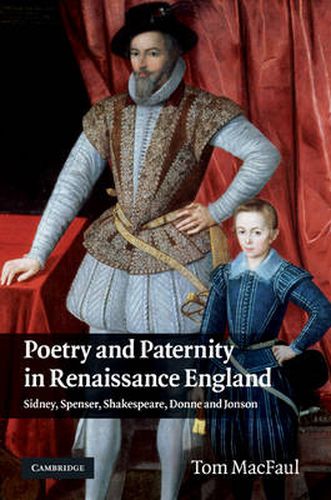Readings Newsletter
Become a Readings Member to make your shopping experience even easier.
Sign in or sign up for free!
You’re not far away from qualifying for FREE standard shipping within Australia
You’ve qualified for FREE standard shipping within Australia
The cart is loading…






Becoming a father was the main way that an individual in the English Renaissance could be treated as a full member of the community. Yet patriarchal identity was by no means as secure as is often assumed: when poets invoke the idea of paternity in love poetry and other forms, they are therefore invoking all the anxieties that a culture with contradictory notions of sexuality imposed. This study takes these anxieties seriously, arguing that writers such as Sidney and Spenser deployed images of childbirth to harmonize public and private spheres, to develop a full sense of selfhood in their verse, and even to come to new accommodations between the sexes. Shakespeare, Donne and Jonson, in turn, saw the appeal of the older poets’ aims, but resisted their more radical implications. The result is a fiercely personal yet publicly-committed poetry that wouldn’t be seen again until the time of the Romantics.
$9.00 standard shipping within Australia
FREE standard shipping within Australia for orders over $100.00
Express & International shipping calculated at checkout
Becoming a father was the main way that an individual in the English Renaissance could be treated as a full member of the community. Yet patriarchal identity was by no means as secure as is often assumed: when poets invoke the idea of paternity in love poetry and other forms, they are therefore invoking all the anxieties that a culture with contradictory notions of sexuality imposed. This study takes these anxieties seriously, arguing that writers such as Sidney and Spenser deployed images of childbirth to harmonize public and private spheres, to develop a full sense of selfhood in their verse, and even to come to new accommodations between the sexes. Shakespeare, Donne and Jonson, in turn, saw the appeal of the older poets’ aims, but resisted their more radical implications. The result is a fiercely personal yet publicly-committed poetry that wouldn’t be seen again until the time of the Romantics.